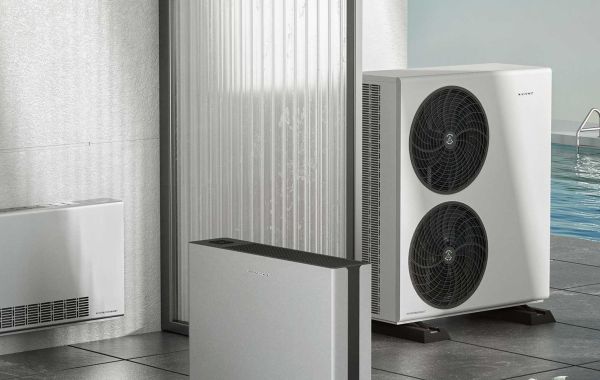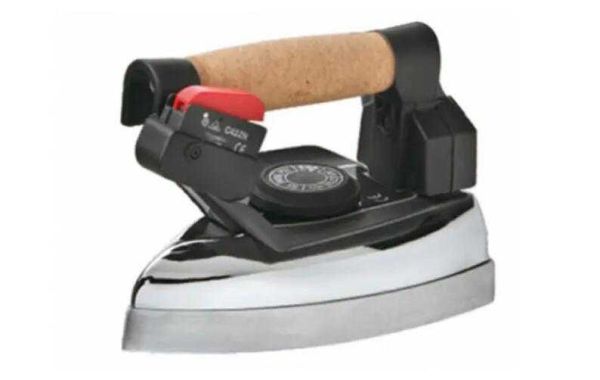Introduction:
Embarking on the journey of installing a heat pump may seem like a daunting task, but fear not! This beginner-friendly guide is here to demystify the process and help you step confidently into the realm of energy-efficient home heating and cooling. From understanding the basics to navigating the installation steps, we've got you covered.
Understanding Heat Pumps:
Before diving into installation, it's crucial to grasp the fundamentals. Heat pumps operate by transferring heat from one location to another, providing both heating and cooling functionalities. The two main types are air source heat pumps and ground source (geothermal) heat pumps. Air source systems extract heat from the outdoor air, while ground source systems utilize the stable temperature of the earth.
Assessing Your Home:
The first step in your heat pump journey is to evaluate whether your home is suitable for this energy-efficient solution. Consider factors like insulation, home size, and local climate. Sizing requirements are crucial – a heat pump that is too small won't effectively heat or cool your home, while one that is too large may cycle on and off frequently, reducing efficiency.
Budget Considerations:
Understanding the financial aspect is vital. While the initial cost of a heat pump installation may seem significant, consider the long-term savings on energy bills and potential government incentives or rebates. Budgeting for professional installation is recommended to ensure the system functions optimally.
Selecting the Right Heat Pump:
Choosing the right heat pump involves considering various factors. Energy efficiency ratings, such as Seasonal Energy Efficiency Ratio (SEER) for cooling and Heating Seasonal Performance Factor (HSPF) for heating, should guide your decision. Match the heat pump to your climate – some systems are better suited for colder regions, while others excel in milder climates.
In your quest for the perfect heat pump, look no further than the Zealux air source heat pumps. Boasting a stellar TUV A+++ energy efficiency rating, this system promises not only significant savings on your energy bills but also a reduced environmental footprint. The all-in-one design ensures a hassle-free installation process, simplifying the transition to eco-friendly heating and cooling. Operating in blissful silence, the Zealux Heat Pump prioritizes your comfort without compromising performance. What's more, the confidence in Zealux's durability is backed by a generous 7-year after-sales warranty, offering peace of mind for the long term. Choosing Zealux means investing in cutting-edge technology for a sustainable and reliable home heating and cooling solution. To explore the full potential of this cutting-edge heat pump, seeking advice from Zealux heat pump manufacturer (https://zealux.com) is highly recommended.
Hiring a Professional:
While some may be tempted by a do-it-yourself approach, heat pump installation is best left to the professionals and air to water heat pump manufacturers. Hiring a qualified technician ensures that the system is installed correctly, adhering to safety standards and local building codes. Professionals can also conduct an on-site assessment to determine the optimal location for the heat pump.
Preparation and Integration with Existing Systems:
Before the installation process begins, it's crucial to prepare your home for the integration of a heat pump. If you already have an existing heating or cooling system, consider how the heat pump will integrate with it. Discuss with the installation professional how the heat pump will complement your current setup, and if any adjustments or upgrades are necessary.
Assessing Existing Ductwork:
If your home has existing ductwork for a traditional heating or cooling system, the installation professional will assess its condition. In some cases, modifications or cleaning may be necessary to ensure optimal performance and efficiency when integrating the heat pump.
Integration with Smart Thermostats:
Explore the possibility of integrating your heat pump with smart thermostats. Smart thermostats can enhance energy efficiency by allowing you to program heating and cooling schedules based on your daily routines. Discuss compatibility and options with the installation professional.
Upgrading Insulation:
Assess the insulation in your home, especially if you are transitioning from a different heating system. Proper insulation ensures that the heat pump operates efficiently by minimizing heat loss. Consider upgrading insulation in key areas to maximize energy savings.
Educating Yourself for Efficient Operation:
As the installation process unfolds, take the opportunity to educate yourself on the efficient operation of your heat pump system. Understanding the thermostat settings, how to switch between heating and cooling modes, and when to schedule regular maintenance are crucial aspects of being a responsible heat pump owner.
Optimal Thermostat Settings:
Learn about the recommended thermostat settings for different seasons. Understanding how to program and adjust the thermostat will help you maintain a comfortable indoor environment while optimizing energy usage.
Maximizing Energy Efficiency:
Familiarize yourself with energy-efficient practices such as closing doors and windows when the heat pump is operating, using curtains to regulate sunlight, and setting the thermostat at an optimal temperature for both comfort and efficiency.
Dual-Functionality Benefits:
Explore the benefits of the heat pump's dual functionality – providing both heating and cooling. Understanding how to use the system effectively in both modes ensures year-round comfort and energy savings.
Preparing Your Home:
Before installation day, take steps to prepare your home. Clear the installation area, ensure proper ventilation, and address any structural concerns. This proactive approach streamlines the installation process and minimizes potential complications.
Step-by-Step Installation Process:
Site Selection:
Identify the optimal location for the heat pump unit, considering factors like sunlight exposure, airflow, and noise considerations.
Installing the Indoor Unit:
Mount the indoor unit on an interior wall, ensuring proper spacing and secure mounting. Connect the indoor unit to the outdoor unit through the refrigerant lines.
Outdoor Unit Placement:
Install the outdoor unit in a well-ventilated area, ensuring proper clearance for airflow. Connect the refrigerant lines, electrical wiring, and condensate drain.
Ductwork (if applicable):
If your system includes ductwork, install it carefully, ensuring proper sealing and insulation to optimize energy efficiency.
Electrical Connections:
Make electrical connections following the manufacturer's instructions. Ensure proper grounding and check for any potential electrical issues.
Refrigerant Charging:
Carefully charge the system with refrigerant according to the manufacturer's specifications. This step is crucial for optimal performance.
System Testing:
Thoroughly test the system to ensure all components are functioning correctly. Check for leaks, measure airflow, and verify temperature differentials.
Maintenance and Troubleshooting:
Once your heat pump is up and running, regular maintenance is key to its longevity and efficiency. Clean or replace air filters regularly, keep the outdoor unit free from debris, and schedule professional maintenance annually. Familiarize yourself with common troubleshooting steps to address issues promptly and avoid costly repairs.
Conclusion:
Installing a heat pump may seem overwhelming at first, but armed with the right knowledge and professional assistance, you can enjoy the benefits of energy-efficient heating and cooling. By understanding the basics, assessing your home, and following a step-by-step installation guide, you'll be well on your way to a more comfortable and sustainable living environment. Embrace the power of heat pump technology and take the first step toward a greener, more cost-effective home. Consider reaching out to a reputable heat pump supplier, such as ZEALUX (https://zealux.com), to explore the options that best suit your home's needs.
tag: heat pump company , german heat pump manufacturers , spa heat pump manufacturer








